Time Period: Early Twentieth Century (1901 - 1940) - Starting with C
aka: United Mine Workers of America v. Coronado Coal Co.
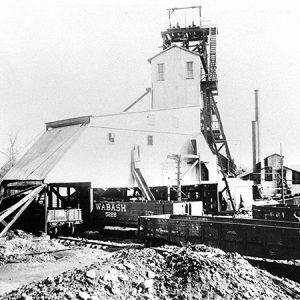 Coronado Coal Company Mine
Coronado Coal Company Mine
 Judge Calvin Cotham
Judge Calvin Cotham
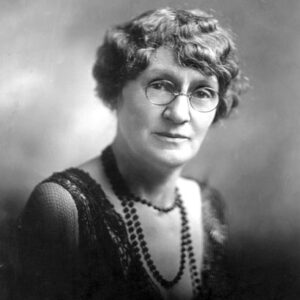 Florence Cotnam
Florence Cotnam
Cotnam, Florence Lee Brown
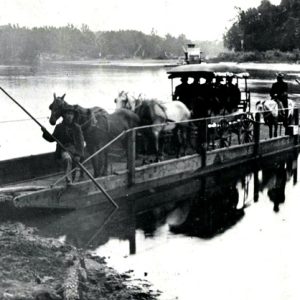 Cotter Ferry; 1904
Cotter Ferry; 1904
Cotter Bridge
aka: R. M. Ruthven Bridge
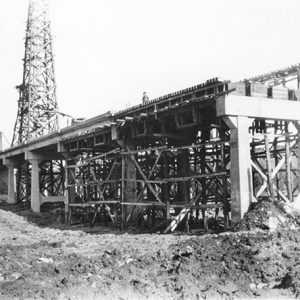 Cotter Bridge Construction
Cotter Bridge Construction
 Cotter Bridge Construction
Cotter Bridge Construction
Cotter Expulsion of 1906
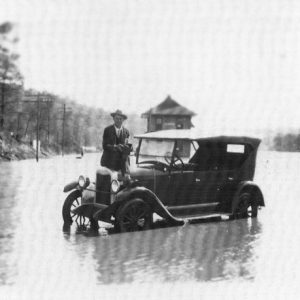 Cotter Flood
Cotter Flood
 Cotter Street Scene
Cotter Street Scene
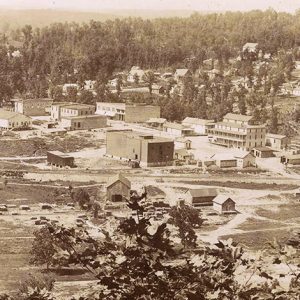 Cotter View
Cotter View
Cotter Water Tower
Cotton Belt Railroad Depot
 Cotton Belt Railroad Yard
Cotton Belt Railroad Yard
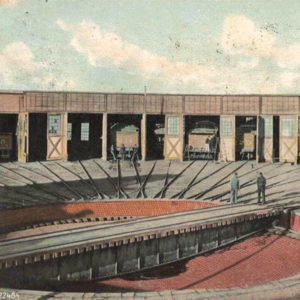 Cotton Belt Roundhouse
Cotton Belt Roundhouse
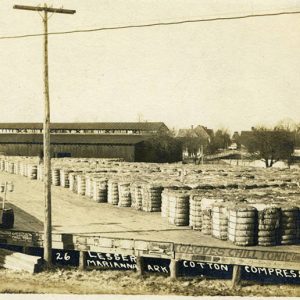 Cotton Compress
Cotton Compress
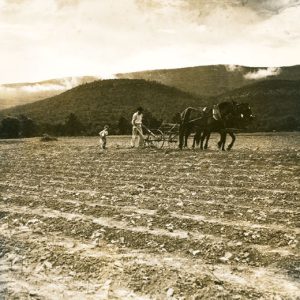 Plowing a Cotton Field
Plowing a Cotton Field
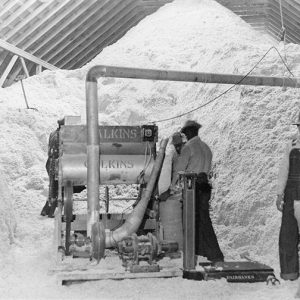 Cotton Seed
Cotton Seed
 Cotton Oil Plant
Cotton Oil Plant
 Cotton Pen
Cotton Pen
 Cotton Pickers
Cotton Pickers
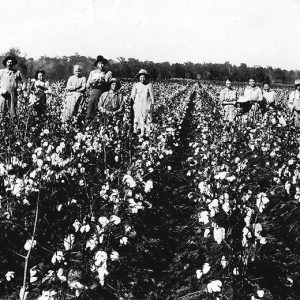 Cotton Picking
Cotton Picking
Cotton Plant Academy
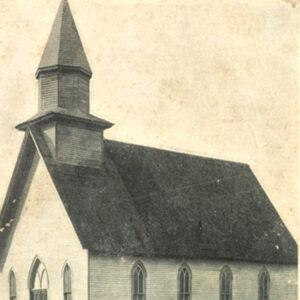 Cotton Plant Church
Cotton Plant Church
Cotton Plant Water Tower
Cotton States League
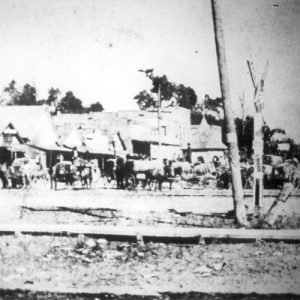 Cotton Wagons
Cotton Wagons
 Cotton Wagons
Cotton Wagons
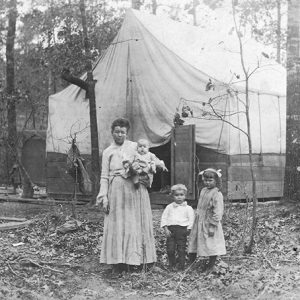 Cotton Workers' Tent
Cotton Workers' Tent
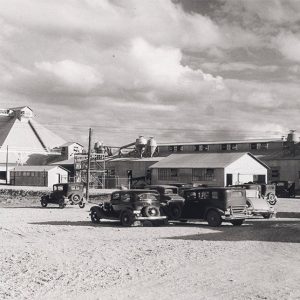 Cottonseed Oil Mill
Cottonseed Oil Mill
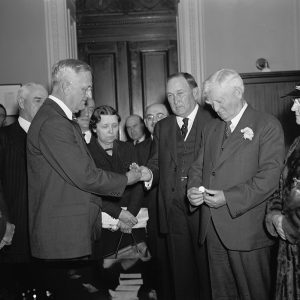 Couch in Washington
Couch in Washington
 Harvey Couch
Harvey Couch
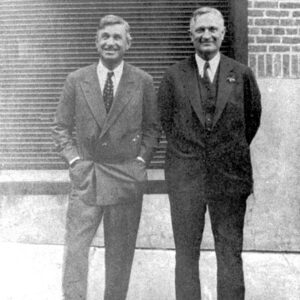 Harvey Couch with Will Rogers
Harvey Couch with Will Rogers
Couch, Harvey Crowley
Couchwood Historic District
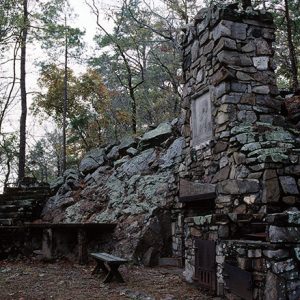 Couchwood Historic District
Couchwood Historic District
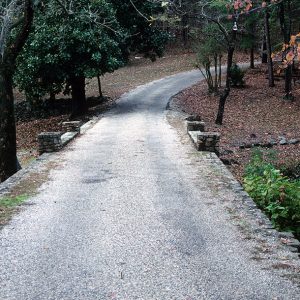 Couchwood Historic District
Couchwood Historic District
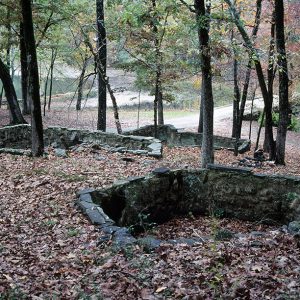 Couchwood Stone Ponds
Couchwood Stone Ponds
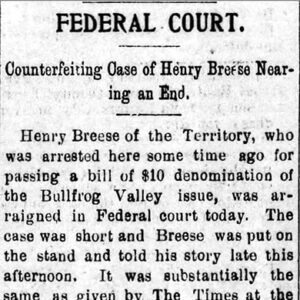 Counterfeiting Article
Counterfeiting Article
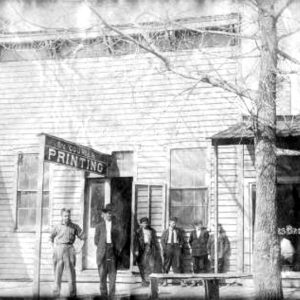 Courier Printing
Courier Printing
Cove Creek Bridge
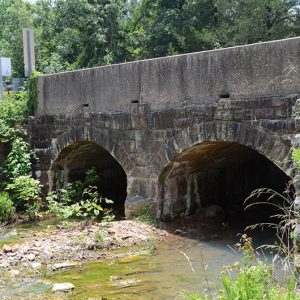 Cove Creek Bridge
Cove Creek Bridge
Cove Creek Tributary Bridge
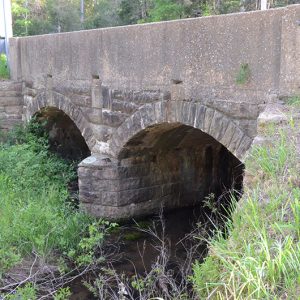 Cove Creek Tributary Bridge
Cove Creek Tributary Bridge
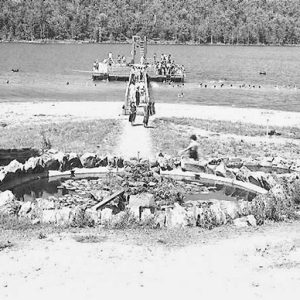 Cove Lake
Cove Lake
Cove Lake Bathhouse
Cove Lake Spillway Dam/Bridge
aka: Cove Creek Spillway Bridge
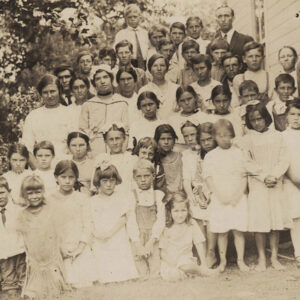 Cove School
Cove School




